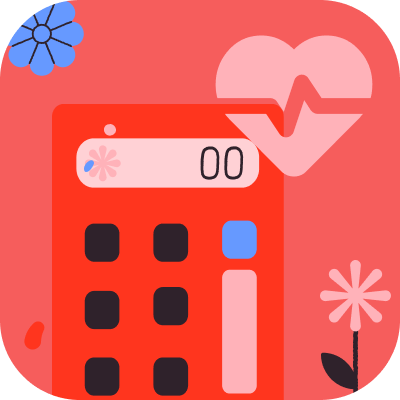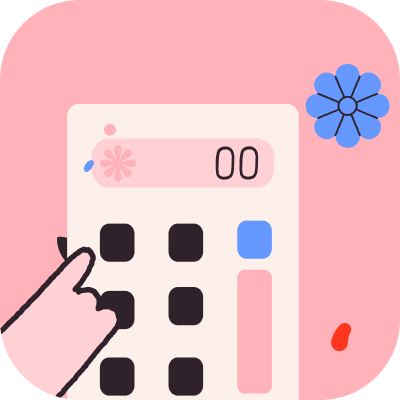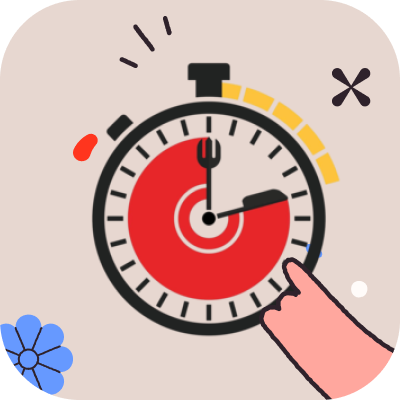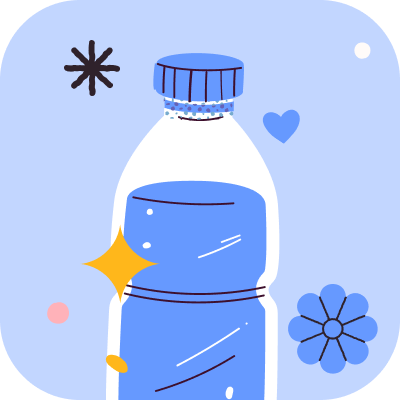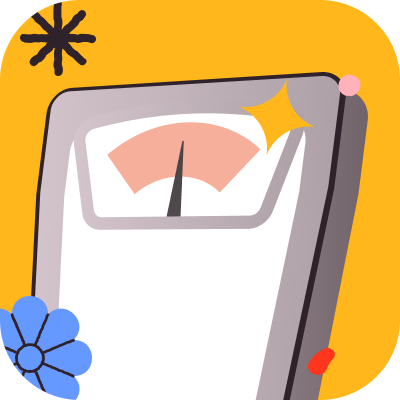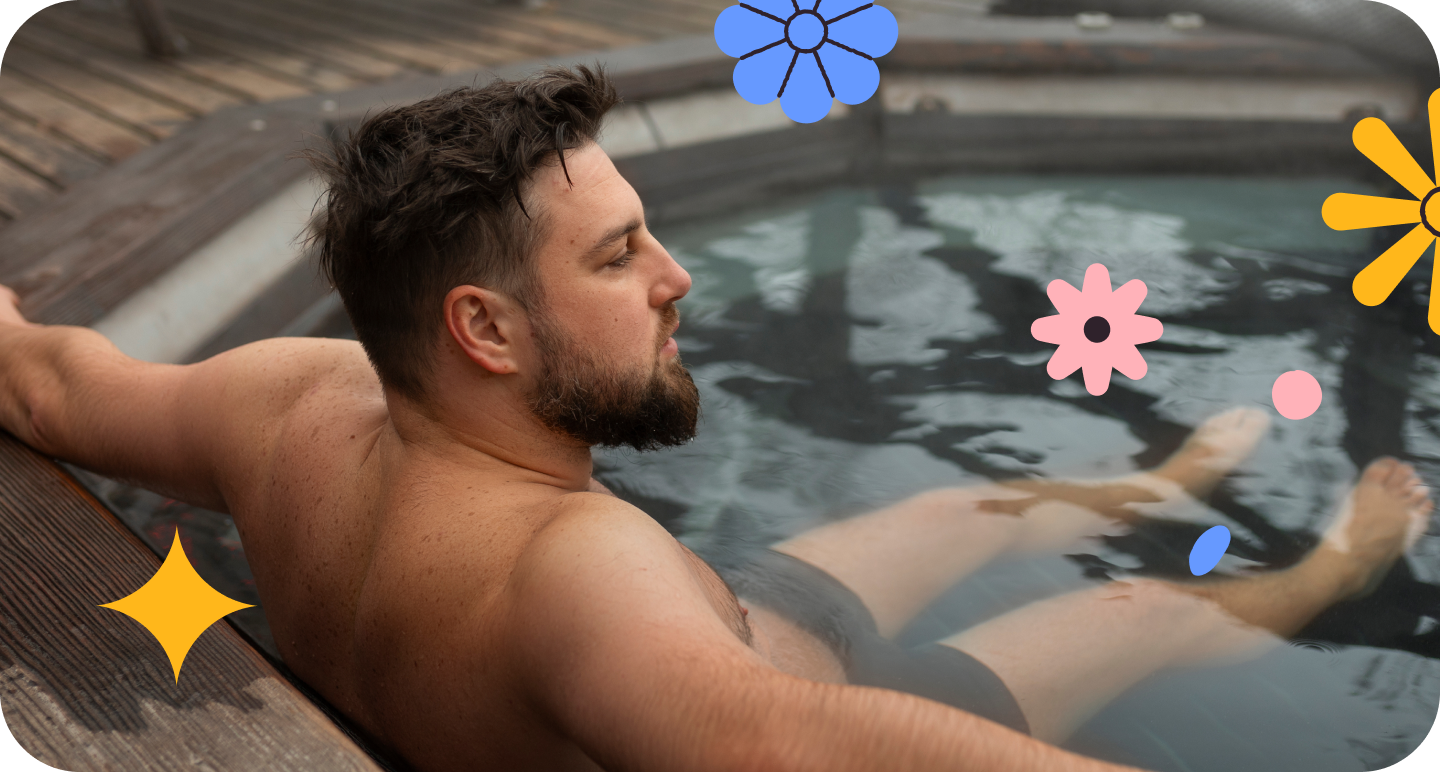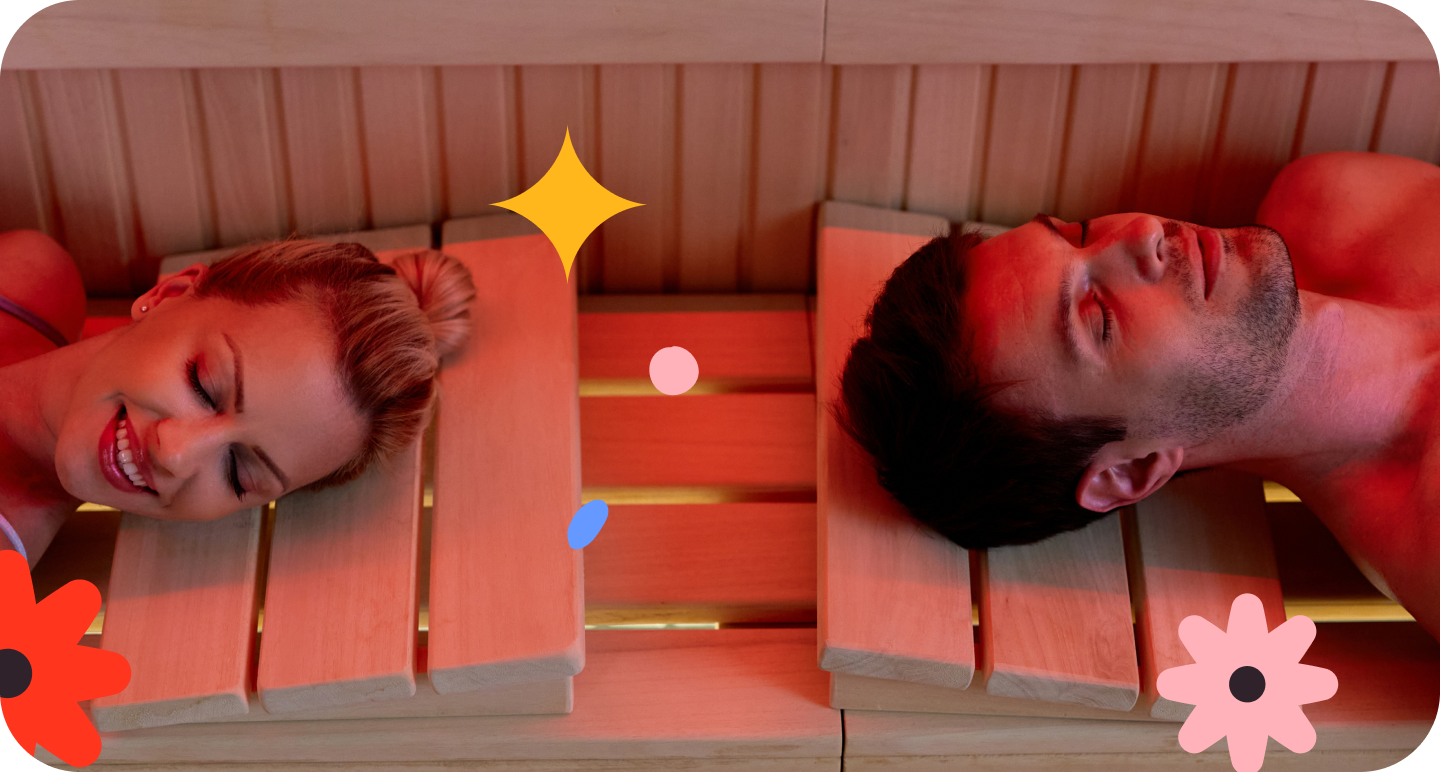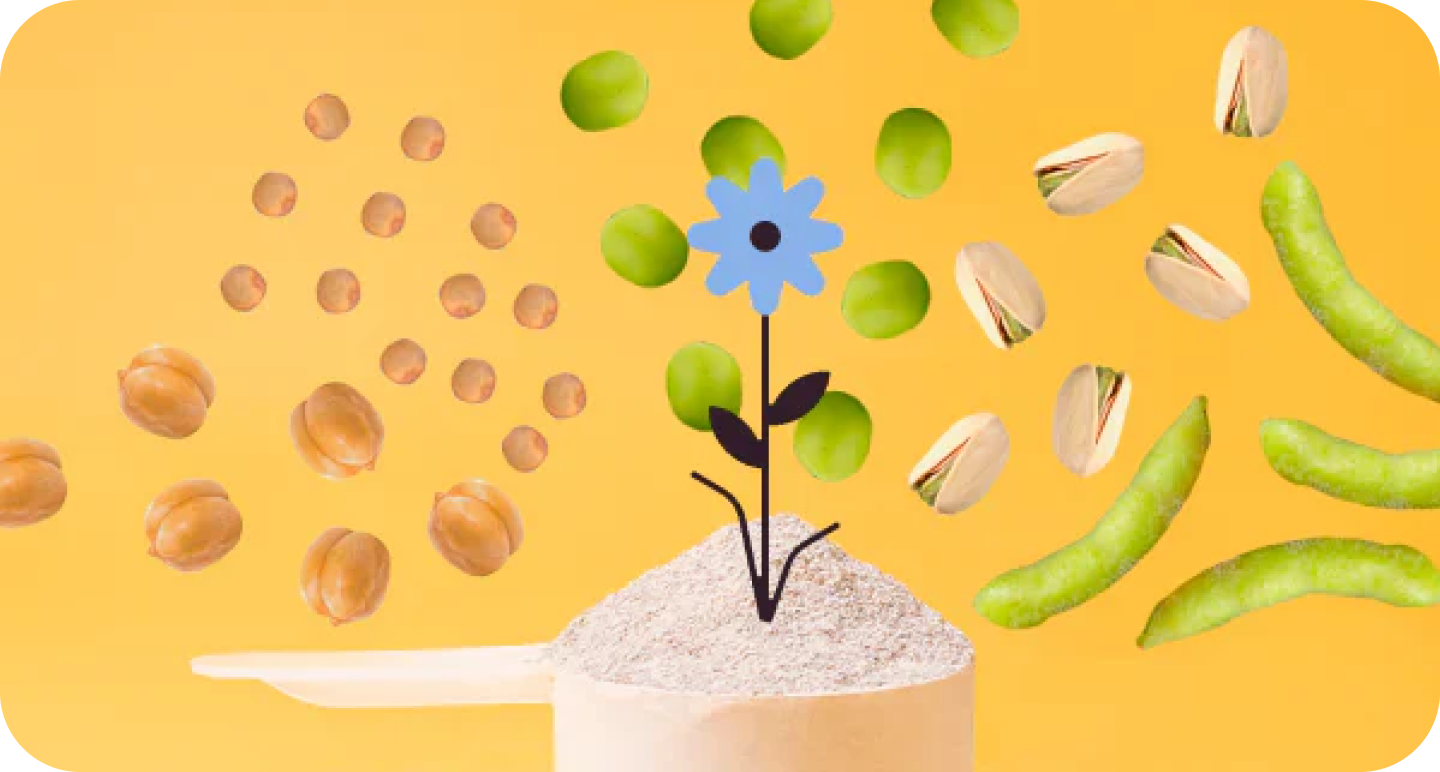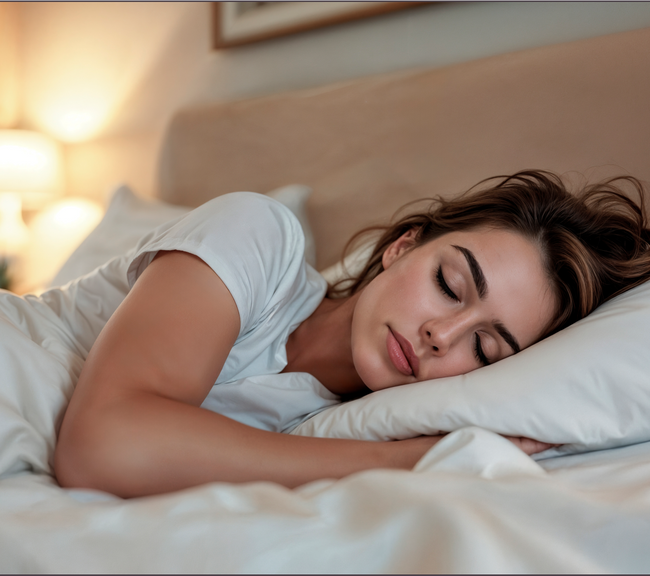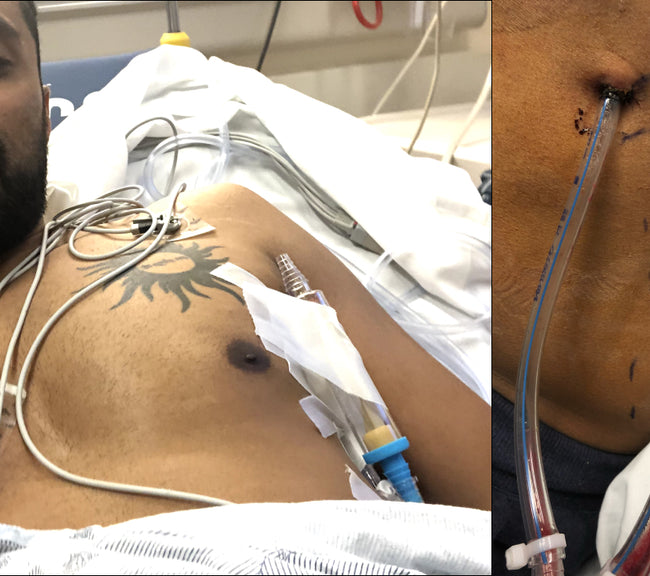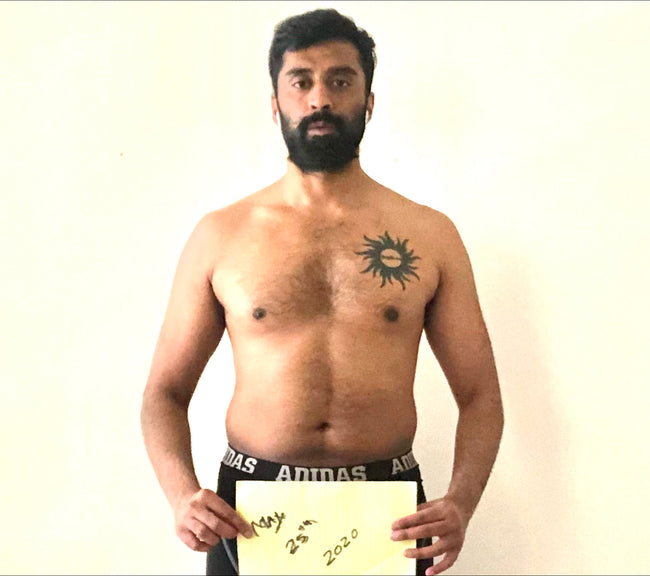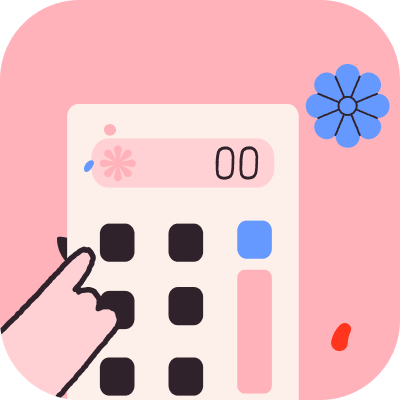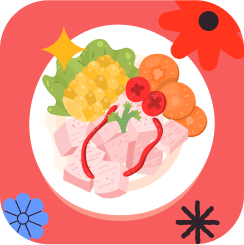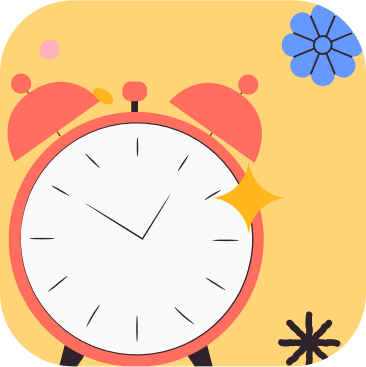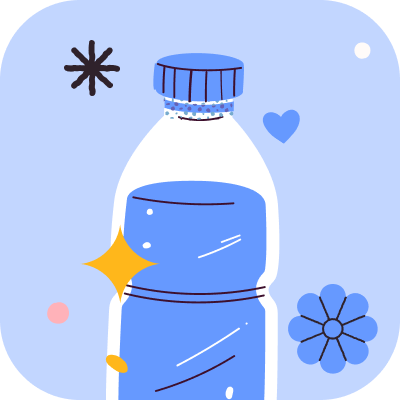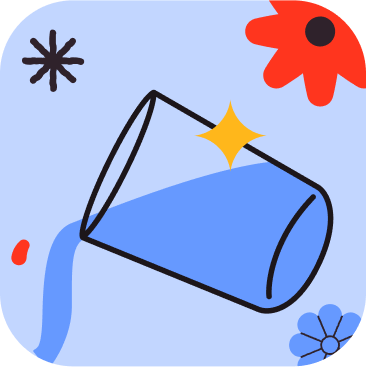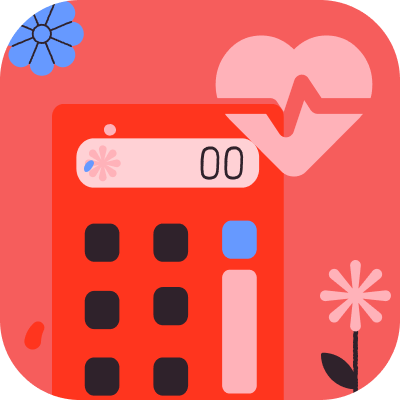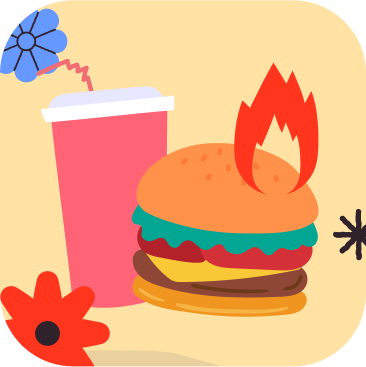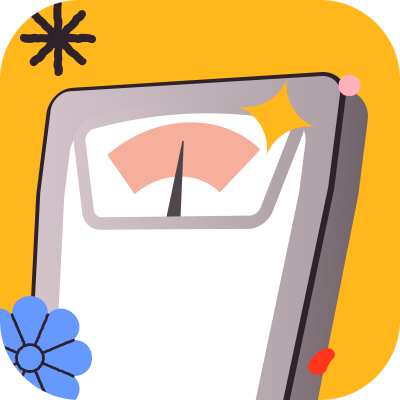We’ve all been there—enjoying the outdoors, only to be interrupted by an unexpected sting from a wasp. These curious little creatures aren’t out to get us, but they’re quick to defend themselves when they feel threatened. The result? A painful, itchy welt that can put a damper on anyone’s day. But don’t worry! With a few simple, natural remedies, you can reduce the swelling, ease the pain, and return to feeling like yourself. Here’s a roundup of tried-and-true treatments to soothe a wasp sting, right from your home.
Remedies for Wasp Sting
A general misunderstanding about stings is that they’ll hurt more when you don’t wash the stung area off right away. Experts opine that washing off a wasp’s sting with soap or water will hurt as much as if you don’t wash it off at all. All that you can do is rinse off the stung area yourself. After a wasp sting, the stung area will show a large reaction, but usually, that’s not a cause for concern. Conversely, consider seeking medical attention if you have been stung in the nose, throat, or mouth. Fortunately, there are home treatments to reduce wasp sting swelling and itching, symptoms of a wasp sting. Listed below are the numerous methods to treat a wasp’s sting at home to experience quick relief:
Rinse the Stung Area
If you search the internet for “natural remedies for wasp sting pain relief,” one of the first tips is rinsing the stung area with soap and water. Cleaning that region may wash away any bacteria or venom the wasp might have carried. Doing so may also rid your body of the venom probably left behind by the sting.
Apply Cold Pack
Wrap a thin cloth around an ice or cold pack and apply over the sting site for 30 to 60 minutes, with an interval of approximately 10 minutes. Applying this second of natural remedies for wasp sting pain relief may help in reducing the swelling and pain of the sting.
Consume an Anti-inflammatory Medication
Consider taking an anti-inflammatory medicine, for example, ibuprofen to reduce the swelling and lower the pain caused by the wasp sting and the sting site.
Apply Antihistamine
Another common indicator of wasp stings is the itchiness at the stung area and surrounding area, which relies on how far the sting spreads. To treat the itchiness, use an antihistamine, calamine, or corticosteroid cream to the stung area that may be either red or swollen. Applying an antihistamine may help ease the pain of the sting.
Use Basil (Tulsi) Leaves
One of the numerous health benefits of Tulsi leaves is curing either wasp or even bee stings. First, you should remove the sting, and then, clean the area that was stung. After that, spread over a paste that was prepared using a handful of fresh Tulsi leaves on the wound. Leave it for half an hour and wash away the paste with warm water.
Apply Turmeric
In addition to functioning as an insect repellent, turmeric also serves as an effective cure for skin irritation. Mix turmeric powder with rose water, apply it on the sting, and wash it off 10 minutes after applying it. The mixture of turmeric and sandalwood may serve as an excellent ayurvedic treatment for insect bites in general.
Aloe Vera
Aloe Vera has anti-inflammatory properties, which may help in treating itching and swelling, giving a soothing effect. Apply the gel obtained from the Aloe Vera plant over the sting and let it dry.
Treating Wasp Stings
The treatment for a wasp’s sting depends on the severity of your symptoms. They are:
Mild or Moderate Symptoms
These symptoms can be alleviated at home. You just need to:
- Rid yourself off as much of the venom as possible by washing the sting area with water.
- Place a cold pack over the sting area to reduce the swelling and pain.
- Make sure the wound stays clean and dry to avoid infection.
- If required, cover the stung area with a bandage.
- Apply a body lotion if you feel skin irritation.
Severe Symptoms
The treatments for severe reactions to wasp stings may include:
- Administer an EpiPen, as soon as symptoms appear, and if you are allergic to wasps, inject the EpiPen after the sting and call 911.
- Use additional epinephrine to calm your immune system.
- Apply CPR, or cardiopulmonary resuscitation if breathing has halted temporarily.
Preventing Wasp Stings in the Future
Wasp stings may generally happen when you’re working in the yard or gardening. Wear long pants and long sleeves to protect your body from stings. Also, wear thick gloves and boots to conceal your hands and feet from wasps. Apart from clothing, you should also:
- Avoid bothering wasps: Wasps aren’t aggressive, and sting only if they feel cornered or threatened. They won’t fly towards you if you leave them alone. Consult a pest control or exterminator in case you see a nest in your yard or garden.
- Beware of your surroundings: Sweet smells attract wasps. You should avoid wearing perfumes or colognes when you are outside. Moreover, watch where you are walking, and avoid areas with high probability of wasp nests, like near garbage cans or in tall grass.
- Don’t swat at wasps: Remain calm and do not swat at a wasp if you come across it. Swatting will only agitate a wasp, and increase your chances of being stung. Slowly back away from the wasp to give it space instead.
Conclusion
When it comes to treating a wasp sting, home remedies offer quick and effective relief. From cold packs to basil paste, there are plenty of options to reduce swelling, pain, and itching. Simply search for "home treatments to reduce wasp sting swelling and itching" to find even more tips. However, if you experience severe symptoms—such as difficulty breathing, swelling in your throat, or a rapid spread of redness—seek medical help immediately, as these may be signs of an allergic reaction. With a little knowledge and the right remedies on hand, you can handle a wasp sting like a pro and keep enjoying the great outdoors.




